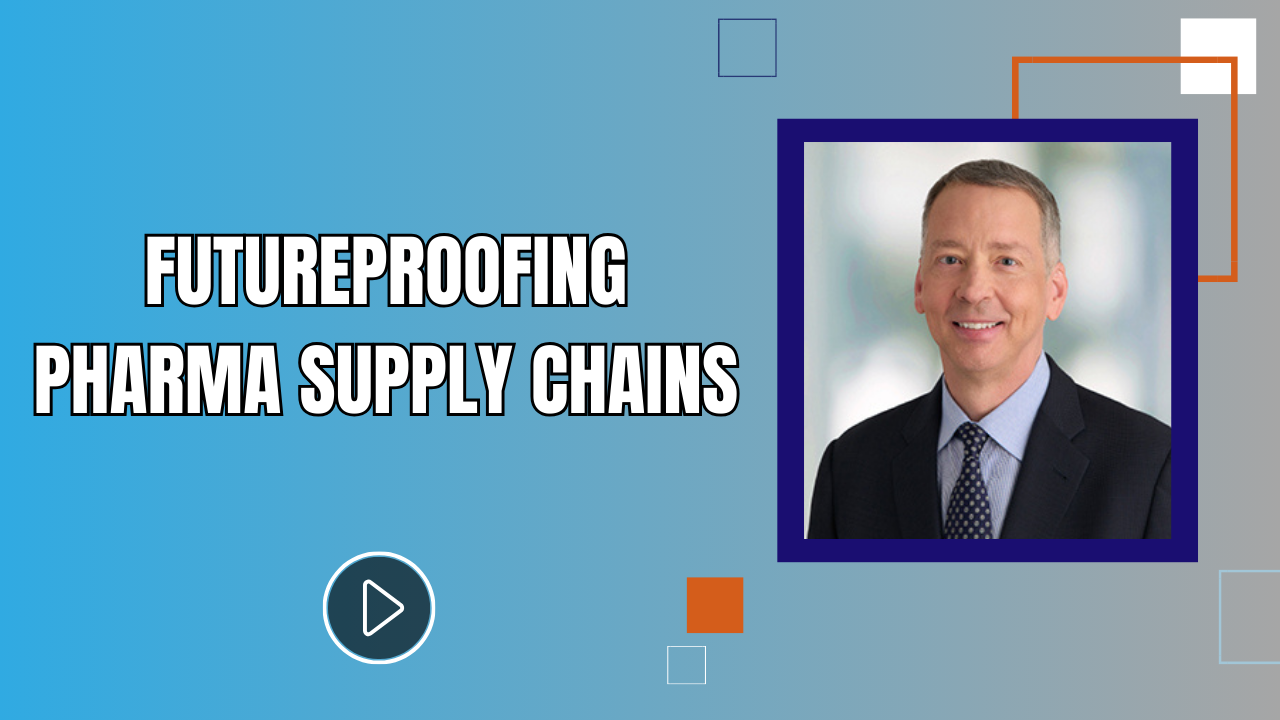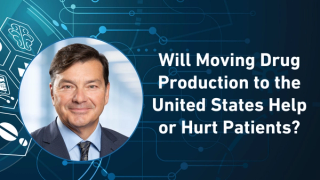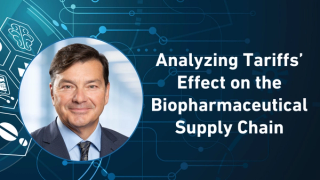
Supply Chain
Latest News

Latest Videos

More News

The thermal packaging company not only bolsters its APAC presence—it also grows its influence in the life sciences’ temperature-monitoring logistics sector.

The CRDMO’s acquisition of the Baltimore plant is expected to boost its biologics presence.
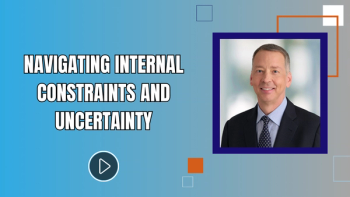
In the second part of his video interview with Pharma Commerce Editor Nicholas Saraceno, Brad Stewart, BDO’s national life sciences co-leader, outlines the internal constraints that CFOs are reporting as their biggest manufacturing obstacle, along with other hurdles they are encountering.

In the second part of his video interview with Pharma Commerce Editor Nicholas Saraceno, Jason C. Foster, CEO of Ori Biotech, comments on the primary factors causing manufacturing bottlenecks in the space, along with how the industry can overcome them in order to scale up production.
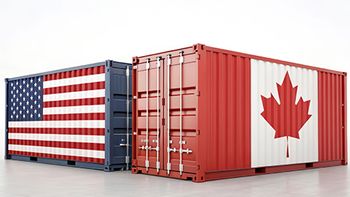
The updated tax on Canadian imports will rise from 25% to 50%, taking effect March 12.

This link in the pharma supply chain is undergoing a major transformation propelled by technological advancements, regulatory changes, and evolving market dynamics, requiring industry leaders to adopt innovative strategies in order to remain competitive.
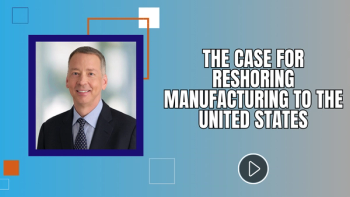
In the first part of his video interview with Pharma Commerce Editor Nicholas Saraceno, Brad Stewart, BDO’s national life sciences co-leader, discusses how the tariffs impact the reshoring of manufacturing services, alongside the strategies that pharma leaders can use in order to start shoring up their supply chains.

The US president delays tariffs that comply with the 2020 USMCA for one month, with reciprocal tariffs still expected to go into effect by April 2.

In the final part of his video interview with Pharma Commerce Editor Nicholas Saraceno, Tom Dorsett, CEO, RazorMetrics, describes how the software company’s solution can help deliver better patient outcomes and substantial savings for healthcare plans, employers, and members alike.

The agreement—powered by YASKAWA's Maholo robot—aims to address challenges in production and commercialization while offering access to academic and startup communities.

NovoCare will offer the GLP-1 injection to cash-paying patients for a discounted $499 per month.

Ron Lanton, Partner, Lanton Law, examines the legal and economic impacts of reciprocal tariffs on the pharma supply chain, including potential disruptions and increased drug costs.

The 25% tax on various imports have gone into effect, resulting in retaliatory tariffs from the impacted nations.

In the final part of his video interview with Pharma Commerce Editor Nicholas Saraceno, Geoffrey Joyce, PhD, director of health policy at the Leonard D. Schaeffer Center for Health Policy & Economics at USC, describes how PBMs financially benefit from generics, and why a completely open generic market powered by cash would be beneficial.
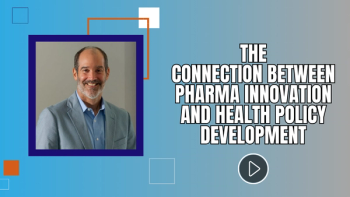
In the fourth part of his video interview with Pharma Commerce Editor Nicholas Saraceno, Geoffrey Joyce, PhD, director of health policy at the Leonard D. Schaeffer Center for Health Policy & Economics at USC, comments on health policy developments that the pharma supply chain should be aware of.

After an initial 30-day pause, the US president plans to re-enact the import taxes on the nation’s trading partners—while also doubling the 10% tariff on China.

Tracy Lopez uncovers the fundamentals pertaining to third-party logistics providers.
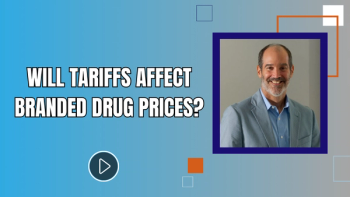
In the third part of his video interview with Pharma Commerce Editor Nicholas Saraceno, Geoffrey Joyce, PhD, director of health policy at the Leonard D. Schaeffer Center for Health Policy & Economics at USC, describes how the tariffs can affect price or competition within the branded drug space.
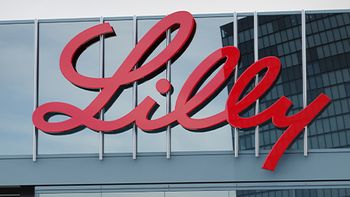
The news comes amid the possibility that President Trump imposes a 25% tariff on pharmaceuticals, which could encourage manufacturers to begin reshoring their services.

In the second part of his video interview with Pharma Commerce Editor Nicholas Saraceno, Geoffrey Joyce, PhD, director of health policy at the Leonard D. Schaeffer Center for Health Policy & Economics at USC, details the factors that could makes the generic drug market susceptible to supply chain disruptions.
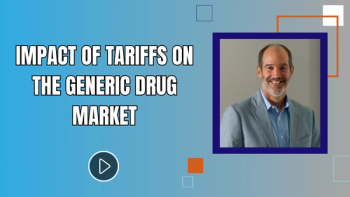
In the first part of his video interview with Pharma Commerce Editor Nicholas Saraceno, Geoffrey Joyce, PhD, director of health policy at the Leonard D. Schaeffer Center for Health Policy & Economics at USC, outlines how the tax on goods coming from China and potential 25% tariff on pharmaceuticals could influence generic drug prices.
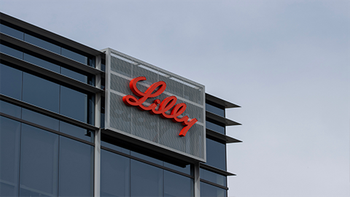
Patients who utilize the self-pay pharmacy will also be receiving savings on select sizes.

The injection for the treatment of psoriatic arthritis—among other indications—is a biosimilar to Stelara.

James D. Chambers, PhD, MPharm, MSc, professor of medicine at the Tufts Medical Center Institute for Clinical Research and Health Policy Studies, dives into why biosimilars contribute to a reduction in cost and increase in patient access, while highlighting challenges to adoption.
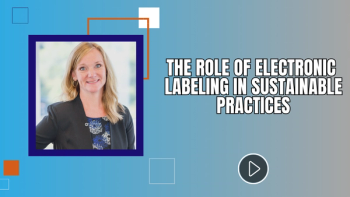
In the final part of her video interview with Pharma Commerce Editor Nicholas Saraceno, Laura Johnson, senior director of sales, life sciences, Loftware, comments on other concepts that are powering the company’s 2025 Supply Chain Trends Report, and how they could possibly change in 2026.


